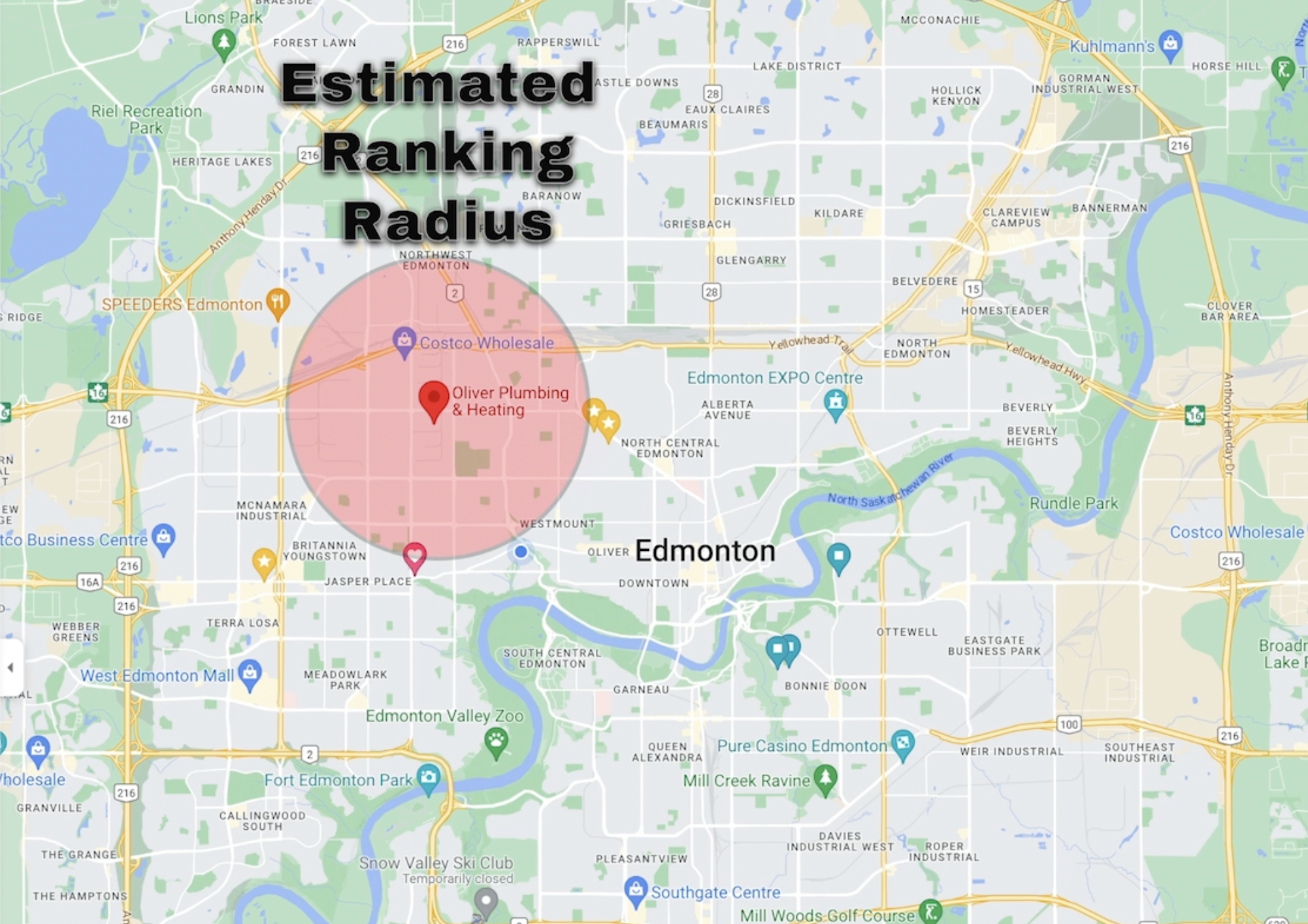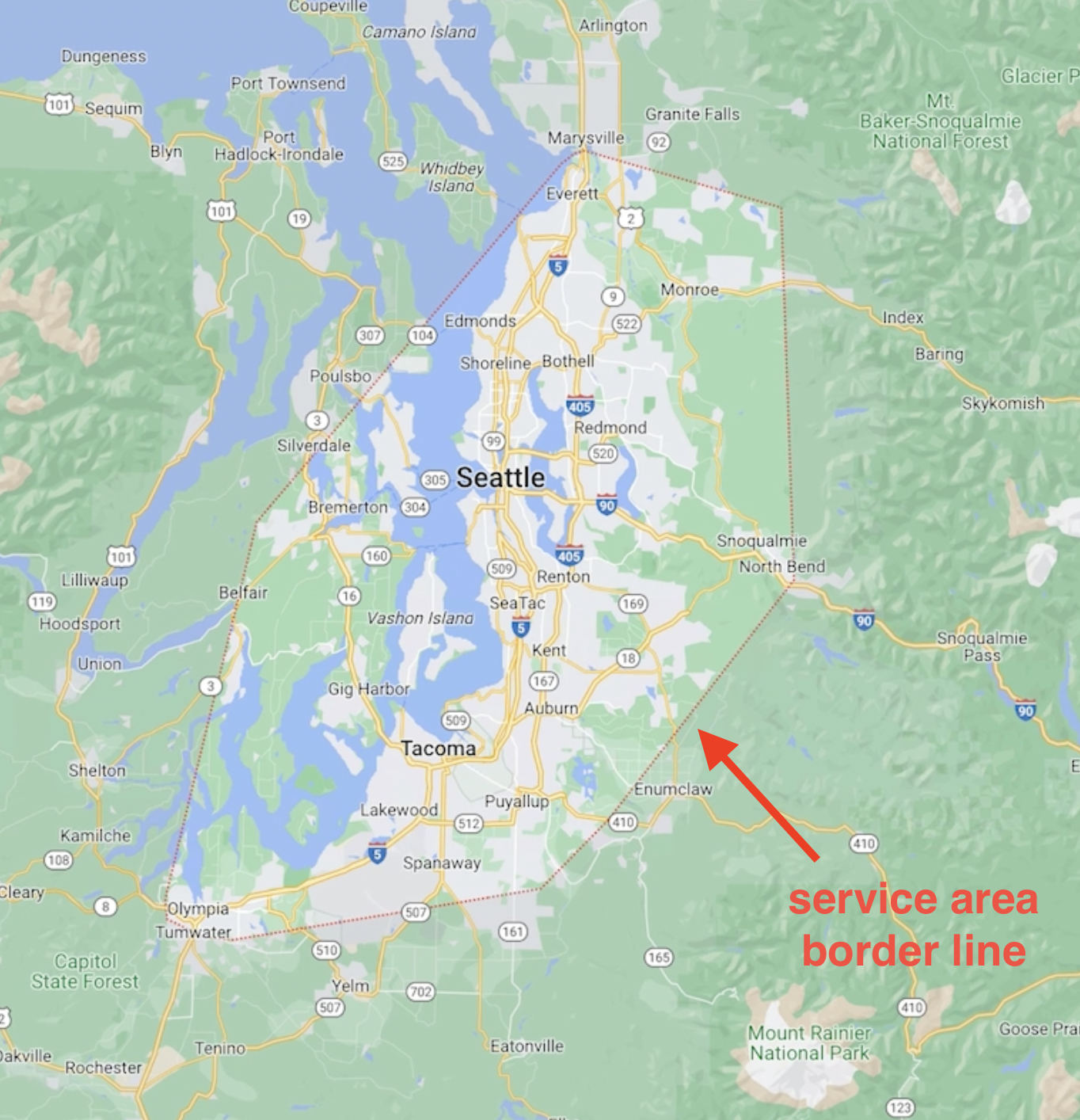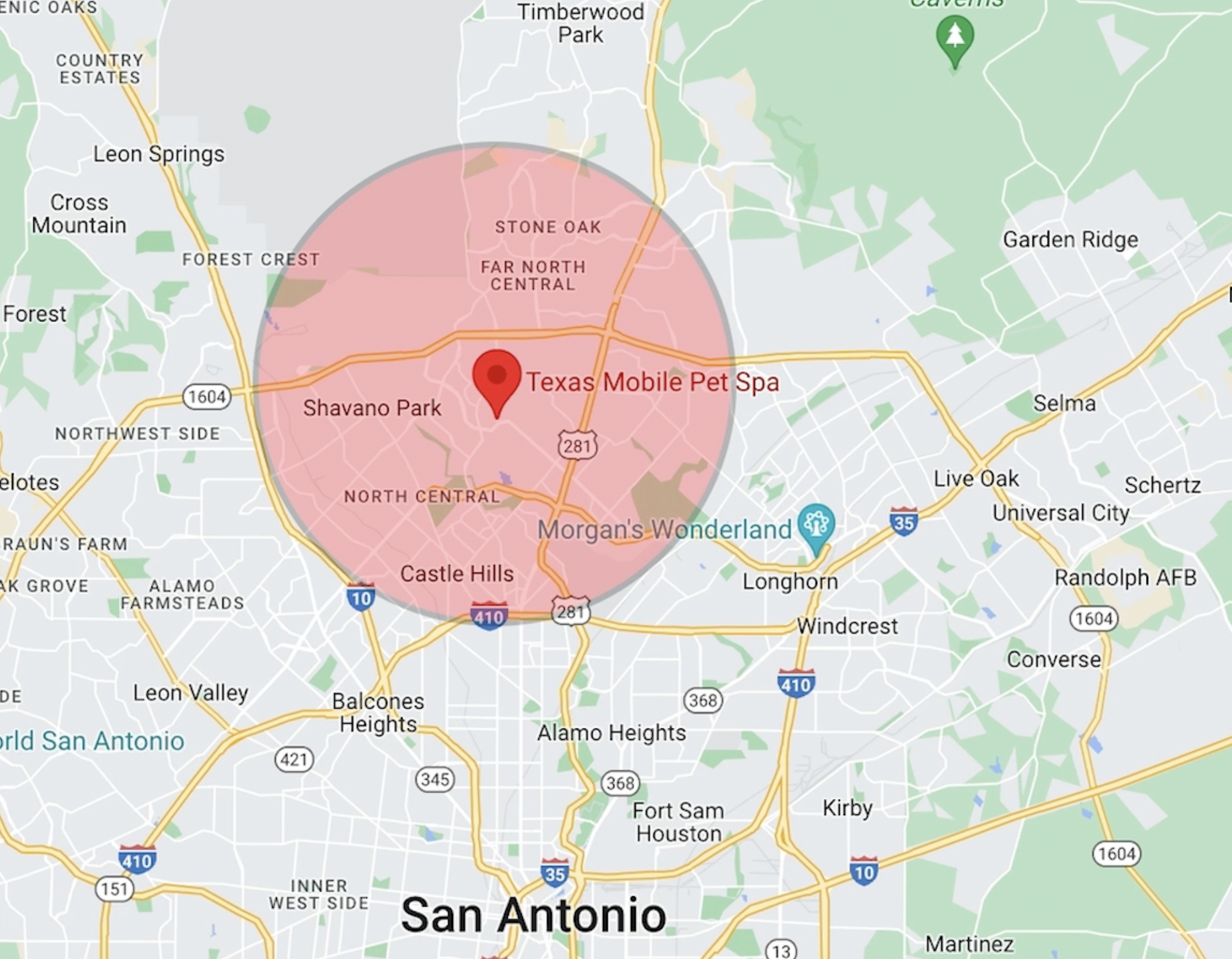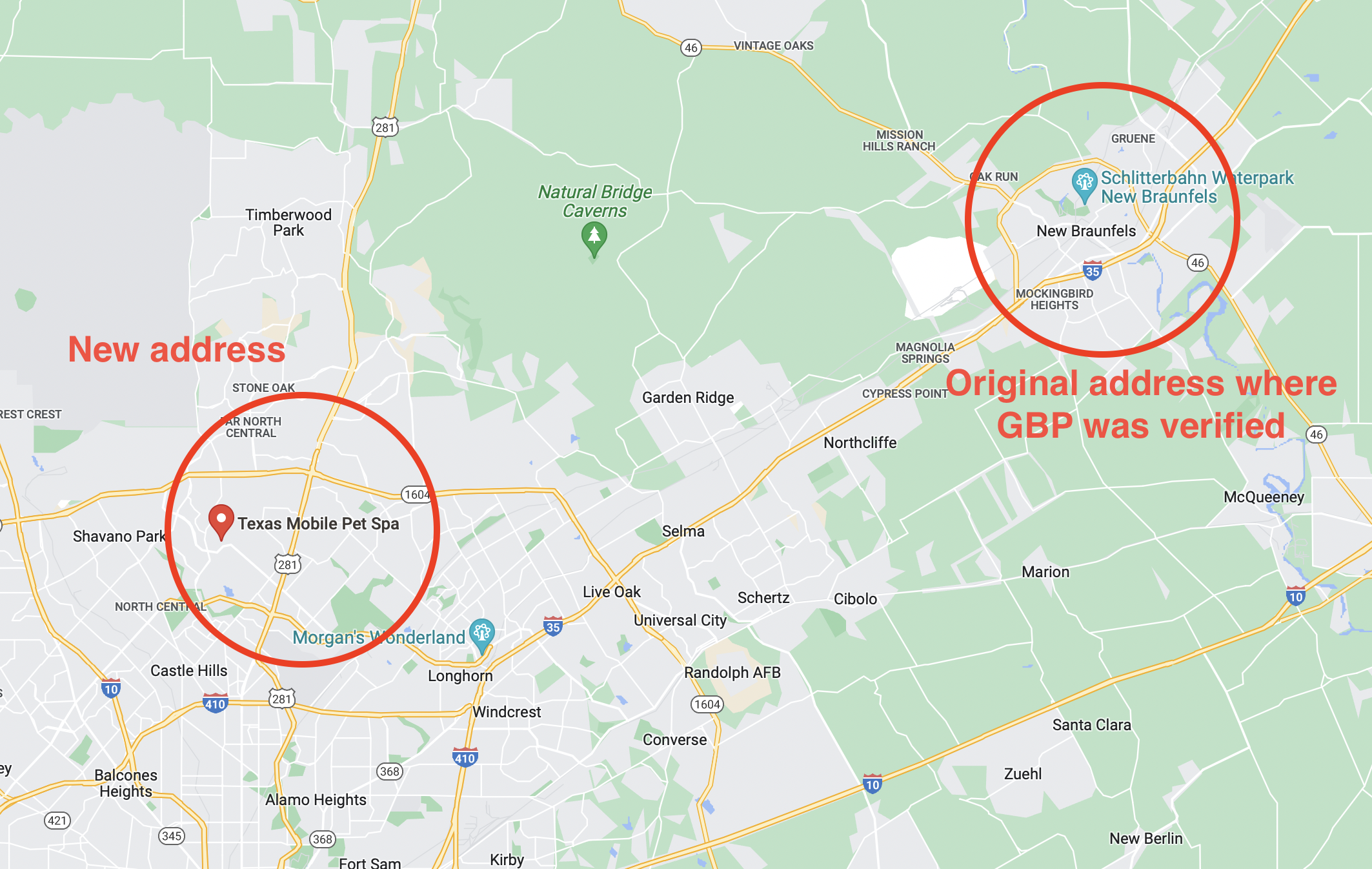🔥 Whitespark's Local Ranking Grids are coming soon! Get notified when we launch
🔥 Whitespark's Local Ranking Grids are coming soon! Get notified when we launch

Does a service area business rank better when they show their address on their Google Business Profile, or when they hide it?
This question has been boggling SEO minds for a while now, so I thought I’d dive deep into the topic and clear up the confusion in this week’s video.
Many people think that hiding your address is the kiss of death to your local rankings, but it’s definitely not. The reality is that choosing to show or hide your address has absolutely no impact on your rankings.
However, it can sometimes LOOK like hiding your address has had a negative impact on your rankings. And there’s actually something happening behind the curtain at Google in these situations.
Let me explain.
If you show your address on Google, Google sets your ranking proximity around that address. Depending on their competition and optimization, most businesses can expect to rank in about a 1-5 mile radius around that proximity. What happens if you remove the address from your GBP? Where will Google think you’re located and where will Google set your ranking radius?
What happens if you remove the address from your GBP? Where will Google think you’re located and where will Google set your ranking radius?
You might assume that Google’s going to use the service areas that you’ve set on your Profile. That would make sense, right? Well, sadly, service areas have no impact on rankings at all. The only thing that they do is they draw this nice little outline on the map. Your rankings will still be defined by that little 1-5 mile circle around your business.
Your rankings will still be defined by that little 1-5 mile circle around your business.
So, when you remove the address from your Profile, Google has to fall back to the only address that they have for that business, i.e. the address where the Profile was originally verified at.
For most businesses, the address that they’re displaying on their Profile is the same address that they originally verified the Profile at. So, no matter if they show or hide their address, their ranking radius will stay exactly the same.
Some businesses have moved since they originally verified their Profile, and the address that’s currently showing on their Profile is their new address. This scenario can cause some people to think that hiding your address can hurt your rankings.
For example, consider this business: Texas Mobile Pet Spa.
You can see that they’re showing their address on their listing, and we expect them to rank in a radius around it.  They don’t show their address anywhere on the website, not even on their contact page, which is a strong indication that they don’t serve customers at their location. So, technically they shouldn’t be showing their address on their GBP.
They don’t show their address anywhere on the website, not even on their contact page, which is a strong indication that they don’t serve customers at their location. So, technically they shouldn’t be showing their address on their GBP.
Now imagine that this is actually their new address. Let’s say that when they originally started this business, they were located in this suburb, New Braunfels, and this is where they verified their GBP.  What would happen if Google told them that because they don’t serve customers at their address, they should hide their address on their GBP?
What would happen if Google told them that because they don’t serve customers at their address, they should hide their address on their GBP?
Well, their ranking radius will now be based on the address that they originally verified their business at, and they’ll be wondering why they no longer rank in San Antonio.
This can be super confusing for the average business owner or SEO. The way they see it, they hid their address and then their rankings fell off a cliff. And this is why some SEOs think that hiding an address can have a negative impact on your rankings. But really, it only happens if the business was originally verified at a different address.
Unfortunately, you have to get Google Support to do it.
Go to Google’s Business Support form and tell them that your business has moved and that you need one of their software engineers to change the verification address on the back end.
IMPORTANT: Do not say anything about rankings!!!
If you do, they’re going to send you their template response about how to improve your rankings on Google. This is not about rankings, this is about adjusting the verification address.